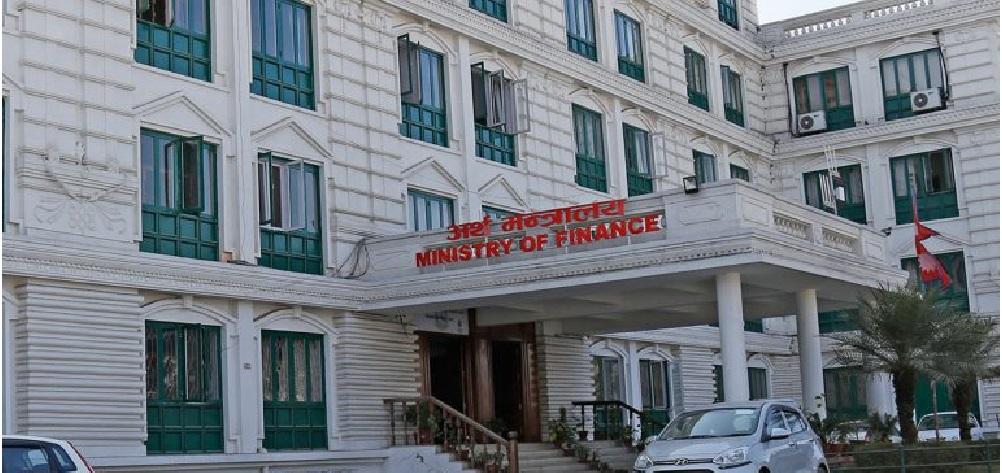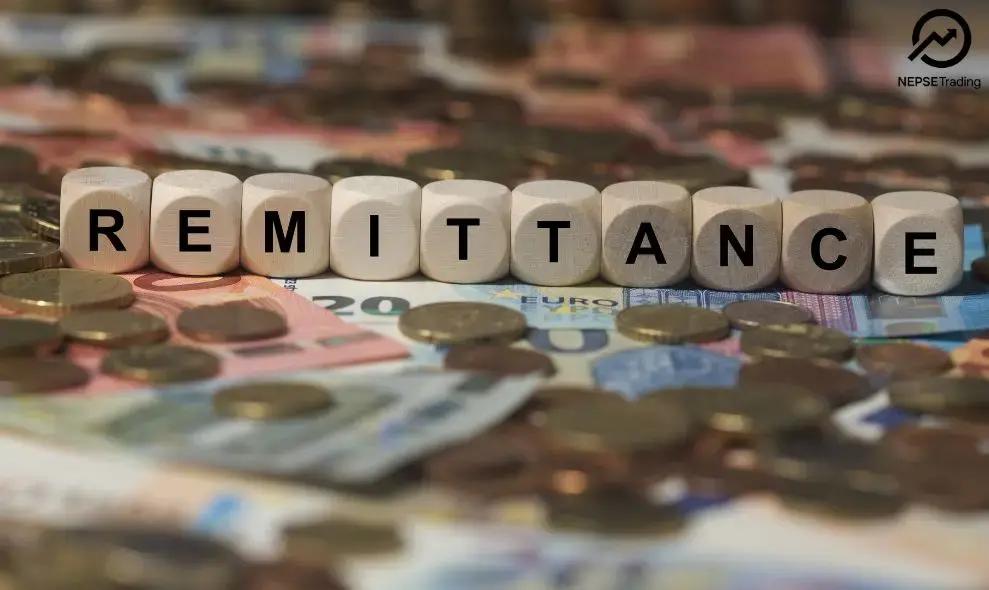By Dipesh Ghimire
Nepal's 2015 Earthquake: A Decade of Unhealed Wounds and Ongoing Reconstruction

Every April 25, Nepal pauses to remember the catastrophic 7.6 magnitude earthquake that struck on April 25, 2015, with its epicenter in Barpak, Gorkha. The quake, which hit at 11:56 AM, claimed 8,979 lives, injured 22,309 people, and left millions homeless. A decade later, the physical and emotional scars remain, as reconstruction lags and the nation grapples with the lessons of resilience and preparedness.
A Disaster That Shattered Lives
The 2015 earthquake was one of Nepal’s worst natural disasters, leveling nearly 1 million private homes, 7,553 schools, 49,681 classrooms, and 544 health facilities, while partially damaging 653 others. It destroyed 415 government buildings, 920 cultural heritage sites—including 170 in UNESCO World Heritage areas—and 383 security structures. Infrastructure losses included 3,212 water supply systems, 53 roads, and 299 settlements. The quake severely impacted 14 districts, including Kathmandu, Bhaktpur, and Sindhupalchok, with 18 others moderately affected.
The human toll was profound. Families lost loved ones, homes, and livelihoods. Cultural landmarks, central to Nepal’s identity, crumbled, leaving communities bereft of their heritage. Dr. Basudev Karki, a senior psychiatrist at Patan Mental Hospital, notes that the psychological trauma persists, with minor tremors triggering panic. He emphasizes the need for ongoing mental health support to address the lasting fear and anxiety.
Reconstruction: Progress and Challenges
Reconstruction, initially managed by the National Reconstruction Authority (NRA) and now by the Central Project Implementation Unit (Building and Housing) under the Department of Urban Development and Building Construction, has made strides but remains incomplete. Of 835,185 identified beneficiaries for private housing reconstruction, 834,267 received the first installment of a NPR 300,000 (approximately USD 2,250) government grant. Of these, 770,775 (92.45%) received the second installment, and 743,249 (89.1%) the third.
However, the grant is often insufficient. Prakash Aryal, head of the Central Project Implementation Unit, explains that while those with additional resources rebuilt quickly, many struggled to secure funds, delaying construction. Bureaucratic hurdles, disputes over heritage site reconstruction, and unresolved beneficiary grievances have further slowed progress. Aryal projects that 99% of reconstruction will be completed within the next year.
Notable achievements include the repair of 253 government buildings, construction of 288 model government offices, and 151 government buildings with Asian Development Bank support. Additionally, 756 community buildings were built for temporary housing, though 50 are repurposed. Eight of 11 Rana-era buildings have been reinforced, with three ongoing. Of 28 heritage projects funded by India, 13 are complete, 12 are under construction, and two are pending. Integrated settlement development has completed 97 settlements, with nine ongoing.
Heritage reconstruction faces unique challenges. Saubhagya Pradhananga, Director General of the Department of Archaeology, cites budget shortages, policy ambiguities, and a lack of traditional materials. Of 1,500 damaged heritage structures, including 215 monasteries, 815 have been restored, 154 are under construction, and 531 remain pending, with expenditures of NPR 7.2 billion (approximately USD 54 million). The iconic Dharahara tower, a Kathmandu landmark, is still 14% incomplete.
Financial and Systemic Shortcomings
The NRA estimated reconstruction costs at NPR 489.13 billion (approximately USD 3.67 billion) in 2019. A 2015 donor conference pledged over NPR 400 billion, but much of this aid never materialized, hampering efforts. The Auditor General’s 61st Annual Report criticizes the lack of sustainable, planned reconstruction and ineffective rehabilitation of displaced families. It calls for completing pending heritage and settlement projects and ensuring proper use of grants, noting instances where rebuilt homes are used for unintended purposes.
Infrastructure expert Kamal Raj Pandey attributes delays to poor long-term planning and weak prioritization. He argues that inadequate pre-disaster preparedness exacerbated the challenges, a sentiment echoed by the report’s call for better monitoring and utilization of funds.
Lessons Learned and Gaps Remaining
The 2015 earthquake was a harsh teacher. Dr. Lok Bijay Adhikari, a senior seismologist at the National Earthquake Monitoring and Research Center, highlights increased awareness of seismic risks and the adoption of building codes by most local governments. Many Kathmandu residents replaced tall structures with shorter, earthquake-resistant ones, and open spaces for evacuation are now prioritized. The quake taught practical lessons: how to stay calm, seek safety, and avoid hazards during tremors.
However, significant gaps persist. Adhikari stresses the need for enhanced preparedness, including seismic education, open space management, and robust infrastructure. Engineer Amit Prasad Timilsina advocates for stricter enforcement of building codes and broader public awareness campaigns. The lack of proactive measures leaves Nepal vulnerable, especially in high-risk zones like the Chure region south of Kathmandu.
The 2015 earthquake exposed Nepal’s fragility but also its resilience. Communities rebuilt with limited resources, and awareness of earthquake-resistant construction grew. Yet, the incomplete reconstruction, unfulfilled donor pledges, and psychological toll underscore the need for systemic change. Strengthening preparedness, enforcing building standards, and addressing mental health are critical to mitigating future risks.
As Nepal marks a decade since the tragedy, the focus must shift from recovery to readiness. The earthquake’s lessons—on resilience, preparedness, and community—are a blueprint for a safer future, but only if acted upon. For now, the wounds of 2015 remain, a poignant reminder of both loss and the enduring hope for renewal.









